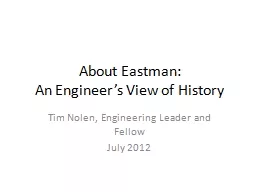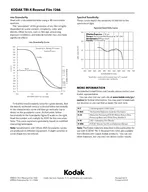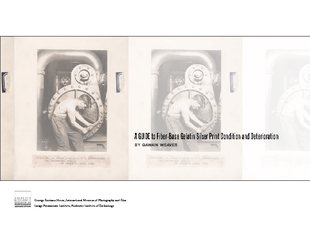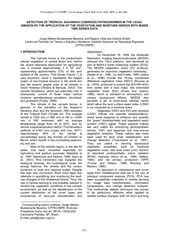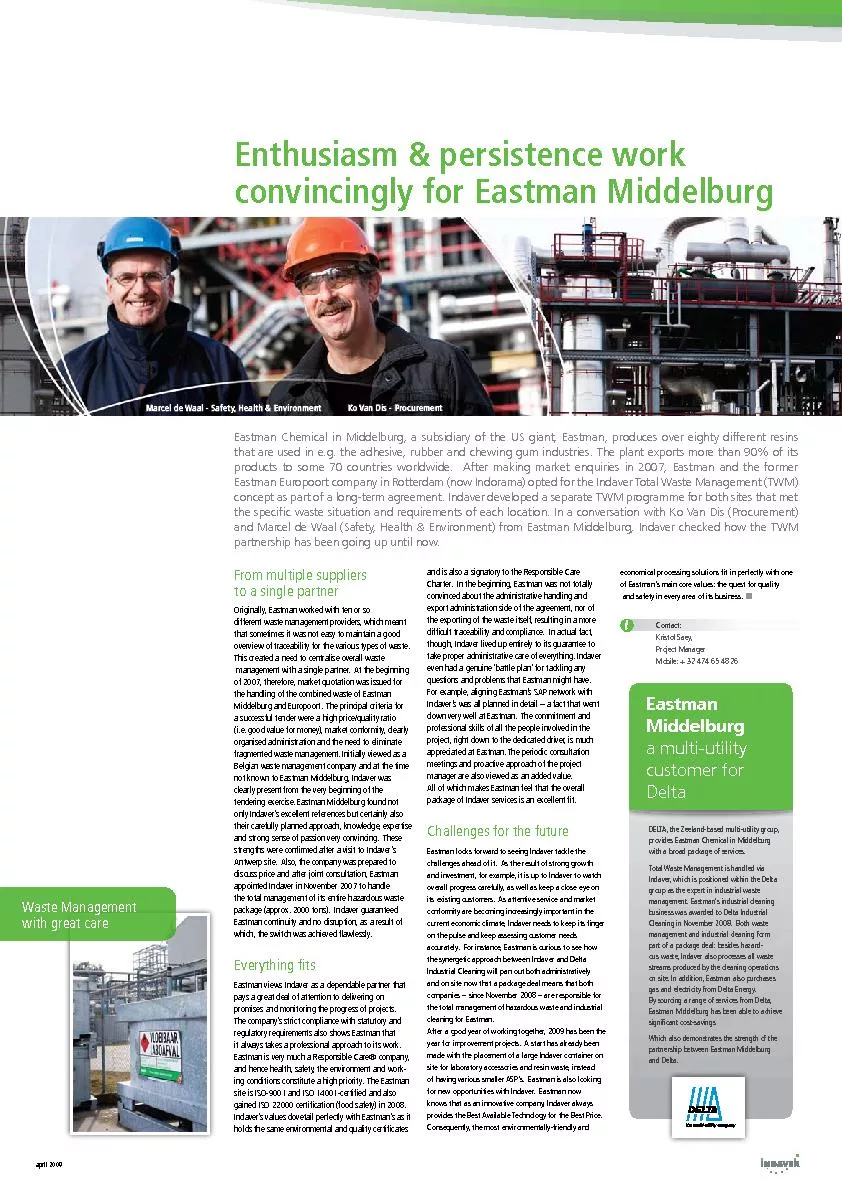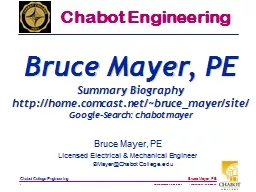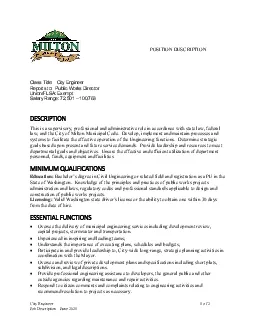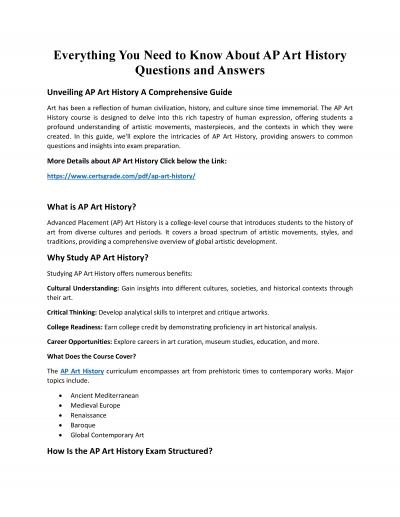PPT-About Eastman: An Engineer’s View of History
Author : lindy-dunigan | Published Date : 2018-02-23
Tim Nolen Engineering Leader and Fellow July 2012 Eastman History Resources Eastman History Exhibit B310 Utilities History Exhibit B469 Eastman History Videos
Presentation Embed Code
Download Presentation
Download Presentation The PPT/PDF document "About Eastman: An Engineer’s View of H..." is the property of its rightful owner. Permission is granted to download and print the materials on this website for personal, non-commercial use only, and to display it on your personal computer provided you do not modify the materials and that you retain all copyright notices contained in the materials. By downloading content from our website, you accept the terms of this agreement.
About Eastman: An Engineer’s View of History: Transcript
Download Rules Of Document
"About Eastman: An Engineer’s View of History"The content belongs to its owner. You may download and print it for personal use, without modification, and keep all copyright notices. By downloading, you agree to these terms.
Related Documents

